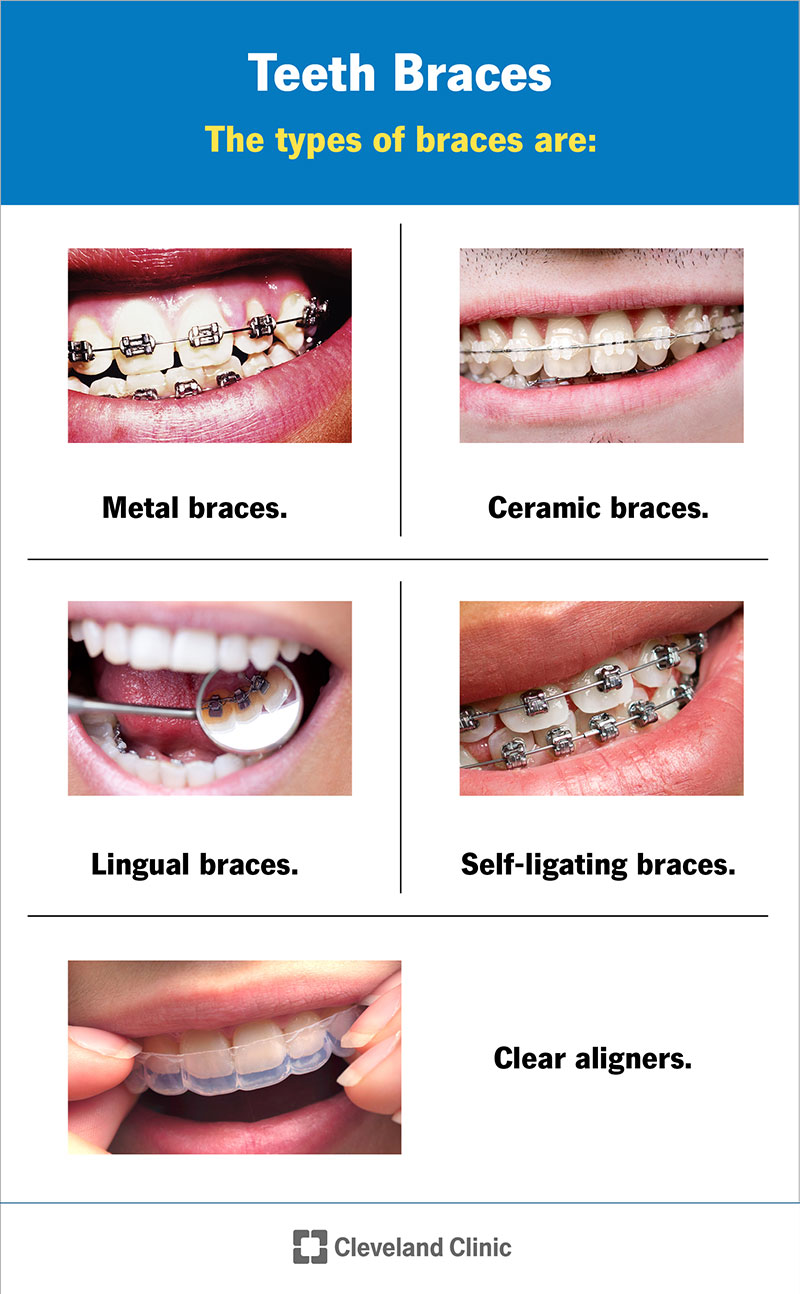Comprehensive Overview to Orthodontics Treatments for Dealing With Dental Imbalances
Understanding the intricacies of each treatment, including their devices, benefits, and potential drawbacks, is critical in making educated choices about one's orthodontic treatment. As we browse via the extensive overview to orthodontic treatments for fixing dental imbalances, the complex details of each approach will certainly unravel, dropping light on the path toward a unified and functional oral placement.
Orthodontic Procedures Overview

Regular modifications and surveillance are critical parts of orthodontic treatment to ensure progress is on track and to make any required adjustments along the way. By undertaking orthodontic treatments, patients can not only accomplish a straighter smile but additionally improve their overall oral health and wellness and feature.
Typical Dental Braces: Exactly How They Work
When thinking about orthodontic therapies for dental imbalances, standard braces stand apart as a reliable approach for remedying teeth positioning. Traditional dental braces contain brackets, cords, and bands that collaborate to use continuous pressure on the teeth, gradually relocating them right into the desired placement. The braces are attached to the teeth utilizing an unique adhesive, and the wires are threaded with the braces. By changing the stress of the cables, orthodontists can control the instructions and force related to each tooth, guiding them right into correct alignment with time.
As pressure is applied to the teeth through the braces, the bone bordering the teeth is reshaped to support the new tooth settings. Patients will need normal changes at the orthodontist's workplace to ensure the dental braces proceed to apply the right pressure for efficient teeth motion.
Invisible Aligners: Cons and pros
These clear, customized trays are practically unseen when used, making them an appealing choice for people looking for a much more aesthetically pleasing orthodontic therapy. People can get rid of the aligners before consuming or brushing their teeth, decreasing the threat of food getting stuck in the home appliance and simplifying the cleaning process.

Surgical Orthodontic Options
Surgical interventions in orthodontics existing practical options for addressing intricate oral imbalances that may not be successfully solved through conventional orthodontic treatments. While standard braces and unnoticeable aligners can deal with lots of orthodontic problems, particular situations call for surgical treatment to attain optimal results. Surgical orthodontic options are normally recommended for severe malocclusions, significant jaw disparities, and instances where the underlying bone framework requires alteration to accomplish appropriate alignment.
One typical surgical orthodontic treatment is orthognathic surgery, which includes rearranging the jaws to Bonuses correct useful concerns such as problem speaking or eating. This surgical procedure is commonly performed in collaboration with an orthodontist who site web aids align the teeth before and after the treatment. Surgical orthodontics might additionally involve procedures to expose influenced teeth, get rid of excess gum cells, or improve the jawbone to create a much more harmonious face profile.
Prior to considering surgical orthodontic options, individuals undergo a thorough analysis to identify the requirement and possible advantages of such treatments. cumming orthodontics. While surgical treatment may appear complicated, it can considerably boost both the feature and aesthetic appeals of the smile in instances where traditional orthodontic therapies drop short
Retainers and Post-Treatment Care

Post-treatment treatment entails following the orthodontist's instructions diligently. This might include correct oral hygiene techniques, participating in follow-up consultations, and wearing the retainers as suggested. Failure to comply with post-treatment care directions can lead to regression, where the teeth progressively move back towards their original positions. Constant retainer wear, great dental hygiene, and regular dental exams are vital for keeping the results attained with orthodontic surgical procedure and guaranteeing the long-lasting security of the dealt with oral alignment.
Conclusion
In verdict, orthodontic treatments provide numerous options for correcting oral imbalances. Surgical orthodontic choices are available for extra serious imbalances. Generally, orthodontic treatments can efficiently improve dental wellness and visual appearance.
As we browse via the comprehensive guide to orthodontic procedures for remedying oral misalignments, the detailed information of each approach will certainly unravel, dropping light on the path toward a useful link harmonious and functional oral positioning. - braces
One of the most typical orthodontic treatments is the usage of dental braces, which consist of steel braces and cables that use gentle pressure to progressively change teeth into the preferred position.When thinking about orthodontic treatments for dental misalignments, traditional braces stand out as a tried and true approach for dealing with teeth positioning. In addition, invisible aligners might not be suitable for intricate orthodontic issues that call for even more significant teeth activity, as they are commonly advised for mild to modest cases. Retainers are personalized orthodontic tools made to hold teeth in their remedied placements after the conclusion of orthodontic therapy.
Comments on “Selecting the most effective Cumming Orthodontics for Effective Braces and Aligners Solutions”